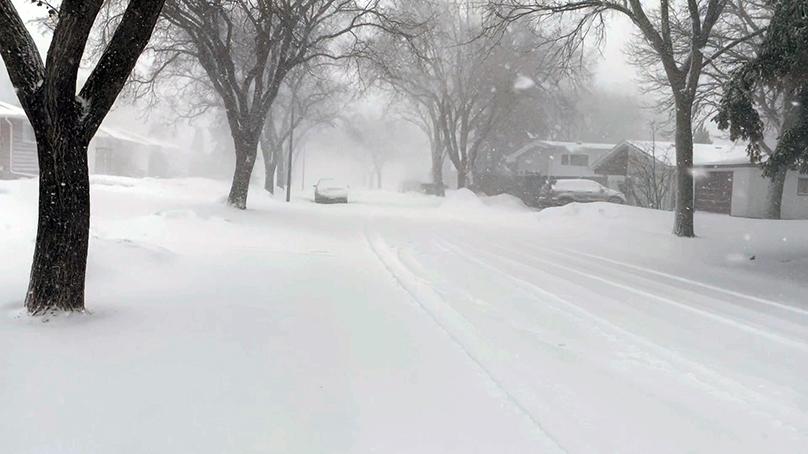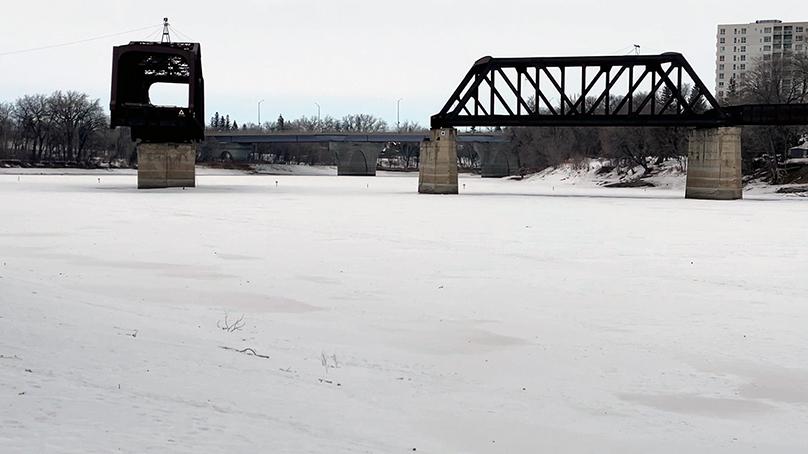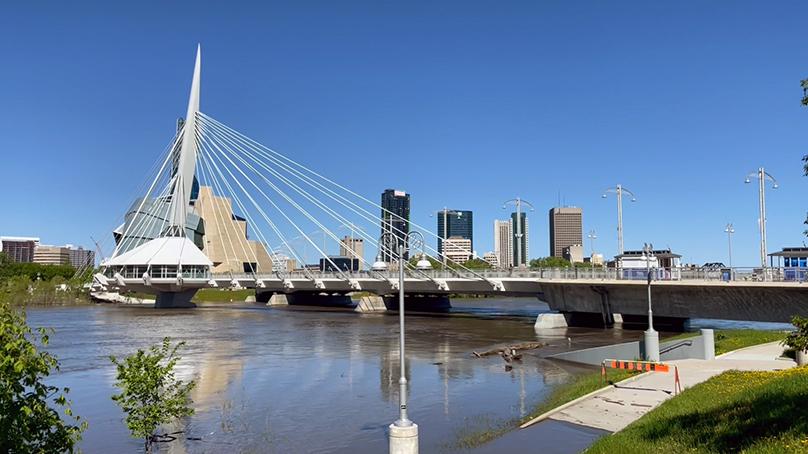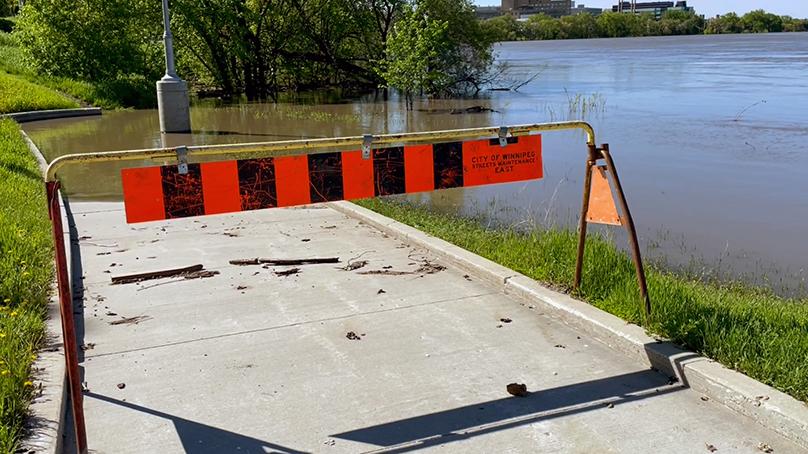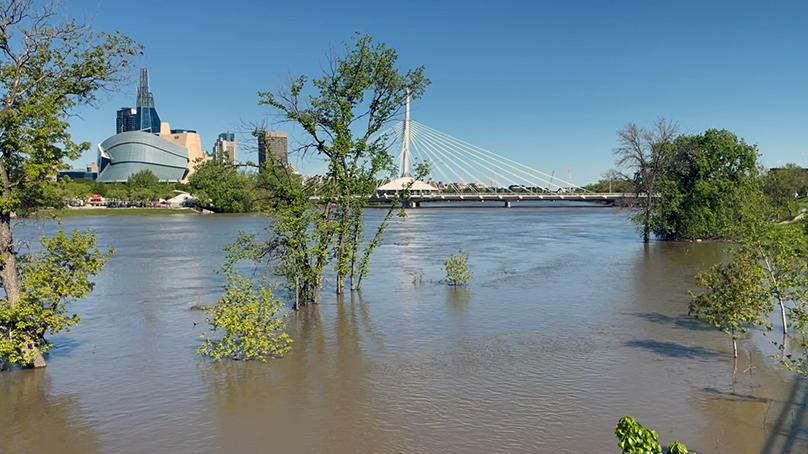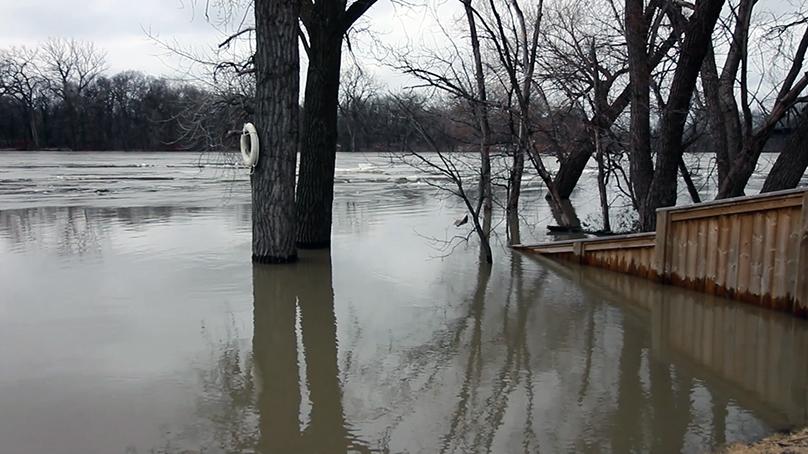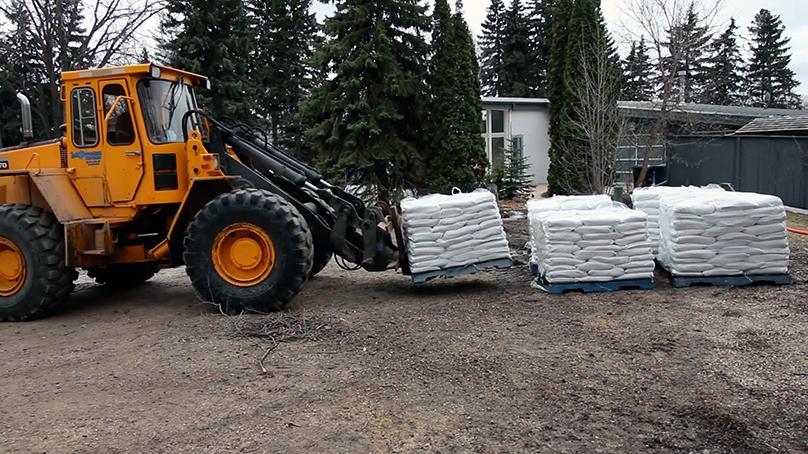With two major river systems coming together in Winnipeg, flooding along the Red and Assiniboine is something we have to be prepared for each spring. It’s a time when most people are eagerly waiting for warmer weather to arrive, but Jeremy Greshuk is hoping the temperatures don’t climb too quickly.
He’s a senior engineer and in charge of our Land Drainage & Flood Protection Planning Branch. That means his main priority is protecting the city from flooding.
“Floods are a very dynamic process,” he said.
We go in with the idea that we are planning a worst-case scenario, but we hope for the best case and we tend to meet somewhere in the middle.
Flood season in Winnipeg typically starts with the spring melt in late March or early April with river levels rising through May before eventually receding. It can also start earlier or extend into the summer.
Predicting a flood
To predict how significant a flood event might be, you first have to go back to the previous year’s summer and fall to find out how much water was in the soil before the ground froze. That will indicate how much melt the ground can absorb during the spring.
Another factor is the amount of snow accumulated over the winter and where. It’s not just how much snow fell in Winnipeg, but also south and west of the city. All that snow will melt and eventually make it our way.
The biggest component is just how the melt occurs. A really fast melt means a higher potential for a more severe flood. To reduce flooding, the ideal melt is a long drawn out one.
The last major factor is if we see any spring storms with significant snow or rainfall, but with so many variables at play, every flood is different.
“We could have a lot of snow on the ground that could give an indication we’re in for a really significant flood but if we get a really ideal melt, then it lessens the risk,” said Greshuk. “We could also have what appears to be average conditions going into the spring melt but then we get a really fast melt and a lot of precipitation.”
How we prepare
Our flood preparations start well before the spring melt and ramp up once we receive the Province’s Flood Outlook at the at the end of February or early March. Greshuk said that, along with reports from the National Weather Service in the United States and our own hydraulic modeling, sets the tone for what kind of flood scenario we potentially could be looking at.
We take that information and build it into our flood manual, which is a GIS-based database of all the different flood-related components in the city, to develop a response plan.
Regardless of the event, we treat every event as being critical.
Using the manual, we can run and map a scenario that shows us everywhere there is a flood protection activity that needs to be done. It also identifies who is responsible and what resources are required. The unique tool was developed after the 1997 flood and also serves as a centralized place to store historical flood information. It is updated following every flood event to incorporate new experiences and changes.
Ensuring you’re protected
Winnipeg has a variety of measures in place to ensure you are protected from flood water. Our main line of defense within the City is the permanent primary dike system along both sides of the Red and Assiniboine rivers as well as sections of the Seine River. Depending on how high the water is expected to get, that dike system can also be temporarily raised.
Our secondary line of defense includes specific locations where sandbag dikes would be built if necessary.
“We’re always going in with the best level of information at the time, factoring in how conditions change, and trying to provide the utmost care and service to residents when responding to flood events,” said Greshuk.
The ultimate goal at the end of the day is to ensure no one gets flooded.
We keep a supply of sandbags going into the spring to make sure we’re ready for any river or overland flooding. Overland flooding is when water from the snow melt creeps up to buildings before it is able to properly drain.
He said crews are continuously monitoring conditions and notifying residents when dikes have to be built.
“We want to avoid having people build a dike unnecessarily, but sometimes we’re not offered the luxury of the time in between when the dike has to be built and when we might lose that opportunity,” said Greshuk.
Our crews also keep a close watch on the sewer system to make sure rising river water or significant runoff doesn’t back up into the system and then into homes.
It takes a team
Greshuk takes his responsibility of protecting people from flood water very seriously.
“I was born and raised in Manitoba, and it was when I was helping sandbag during the Flood of 1997 that I knew I’d direct my career to helping fight floods,” he said.
He is one of countless employees working together from a variety of our departments to protect residents each spring.
“Every flood is different but the bigger the event, the bigger response,” said Greshuk. “There are teams behind the scenes who are constantly watching, monitoring, planning, and assessing throughout the event and responding.”

